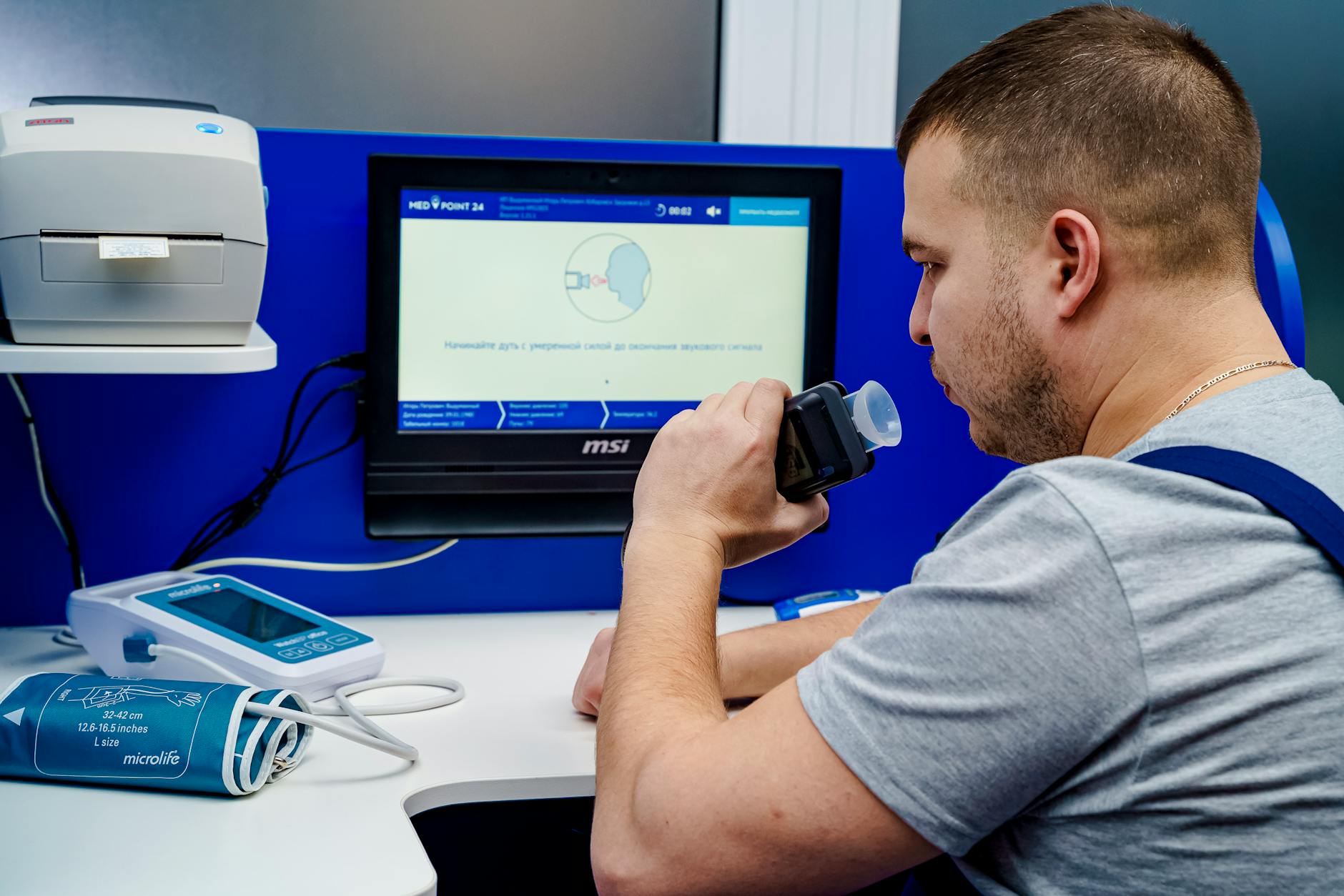Discover the surprising truth about alcohol tolerance levels and how many beers it really takes to get drunk. Find out now!

Image courtesy of MedPoint 24 via Pexels
Table of Contents
When it comes to drinking alcohol, many people wonder how many beers it takes to get drunk. The answer to this question is not as straightforward as one might think. There are several factors that come into play, from individual metabolism to tolerance levels and other external influences. In this blog post, we will delve deep into the science behind alcohol intoxication, exploring the complexities of how alcohol affects the body and the varying factors that can impact intoxication levels.
Alcohol Metabolism
Alcohol metabolism is a complex process that begins as soon as alcohol is consumed. The primary enzymes responsible for breaking down alcohol in the body are alcohol dehydrogenase (ADH) and aldehyde dehydrogenase (ALDH). ADH converts alcohol into acetaldehyde, which is then further metabolized by ALDH into acetic acid. These metabolic processes take place primarily in the liver, with the end products eventually being excreted from the body.
It is important to note that alcohol metabolism varies between individuals. Factors such as gender, body weight, and genetics can influence how quickly or slowly alcohol is broken down in the body. For example, women tend to have lower levels of ADH compared to men, resulting in slower alcohol metabolism. Additionally, individuals with a higher body weight and muscle mass may metabolize alcohol more efficiently than those with lower weight or body fat percentage.
Individual Tolerance Levels
One of the key factors that determines how many beers it takes to get drunk is an individual’s tolerance level. Tolerance refers to the body’s ability to handle increasing amounts of alcohol over time. This tolerance can be influenced by various factors, including genetics, age, and previous alcohol consumption habits.
Individuals with a family history of alcoholism may have a lower tolerance to alcohol due to genetic factors. Age also plays a role, as younger individuals tend to have lower alcohol tolerance levels compared to older adults. Additionally, regular alcohol consumption can lead to tolerance buildup, where individuals may require more alcohol to achieve the same level of intoxication.
Factors Influencing Intoxication
While individual metabolism and tolerance levels play a significant role in alcohol intoxication, there are several external factors that can also impact how quickly someone becomes drunk. One of the most crucial factors is food consumption. Eating a meal before drinking alcohol can slow down the rate of alcohol absorption, potentially delaying the onset of intoxication.
Hydration is another important factor to consider. Dehydration can exacerbate the effects of alcohol, leading to faster intoxication and increased hangover symptoms. It is essential to drink water alongside alcoholic beverages to maintain proper hydration levels and mitigate the impact of alcohol on the body.
Other factors that can influence intoxication include the carbonation of drinks, the temperature of the alcohol being consumed, and the alcohol content itself. Carbonated beverages may lead to faster absorption of alcohol in the bloodstream, while colder temperatures can slow down the rate of absorption. Additionally, higher alcohol content drinks will have a more potent effect on intoxication levels compared to lower alcohol content beverages.
In conclusion, the question of how many beers it takes to get drunk is not a simple one to answer. Alcohol metabolism, individual tolerance levels, and various external factors all play a role in determining intoxication levels. It is essential to be mindful of these factors when drinking alcohol and to always consume responsibly. Understanding your own limits and being aware of the factors that influence intoxication can help ensure a safe and enjoyable drinking experience.
FAQ
How does body weight affect alcohol tolerance?
Body weight can impact alcohol tolerance as individuals with higher body weight may metabolize alcohol more efficiently than those with lower weight, leading to potentially lower intoxication levels.
Can tolerance to alcohol be built up over time?
Yes, tolerance to alcohol can increase with regular consumption, leading individuals to require more alcohol to achieve the same level of intoxication.
Does age play a role in alcohol tolerance levels?
Age can influence alcohol tolerance levels, with younger individuals generally having lower tolerance compared to older adults due to factors such as metabolic rate and liver function.
How does hydration impact alcohol intoxication?
Proper hydration is essential to mitigate the effects of alcohol on the body. Dehydration can worsen intoxication symptoms, so it is crucial to drink water alongside alcoholic beverages to maintain hydration levels.
Generated by Texta.ai Blog Automation
Leave a Reply